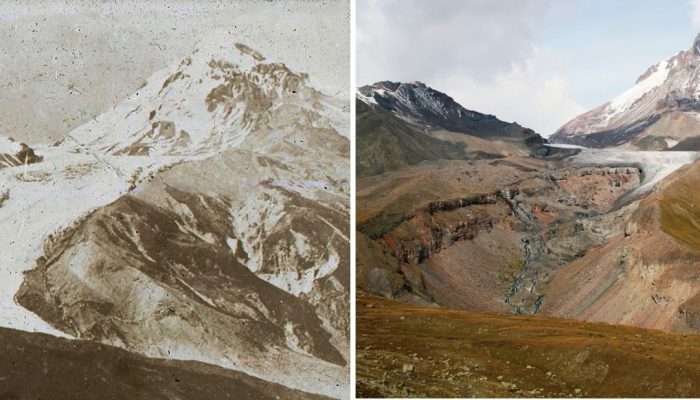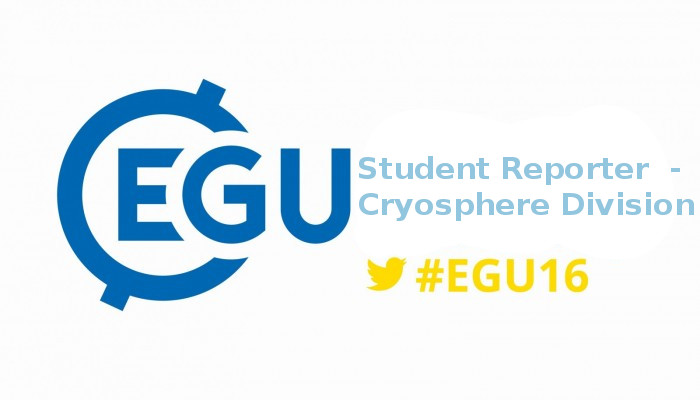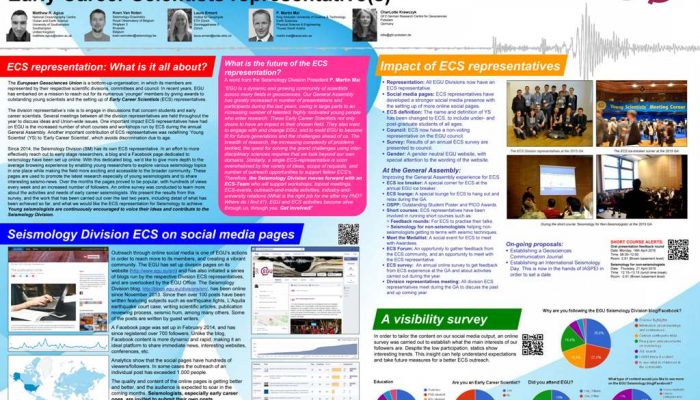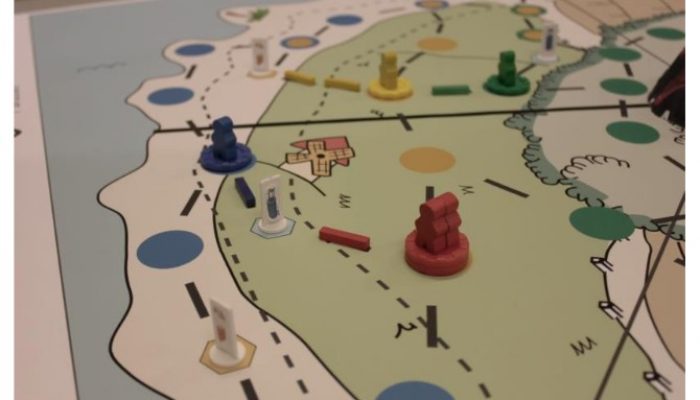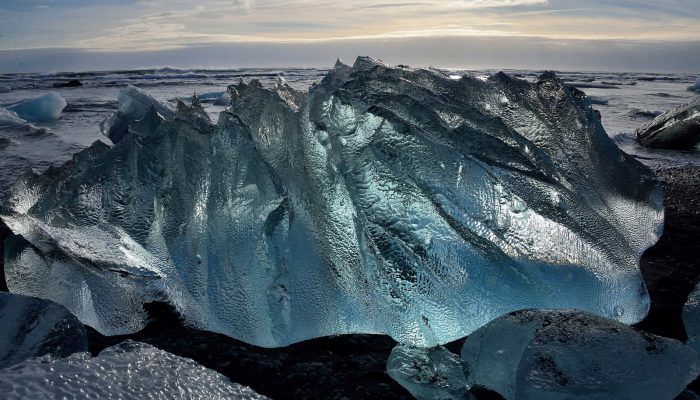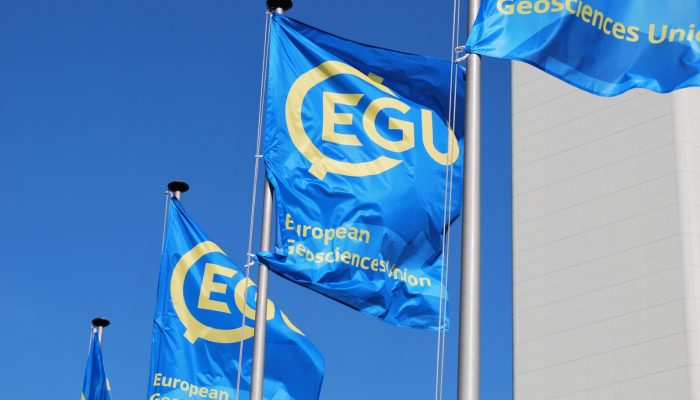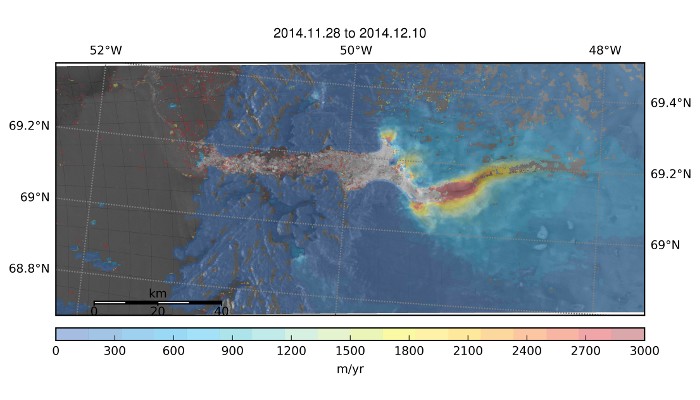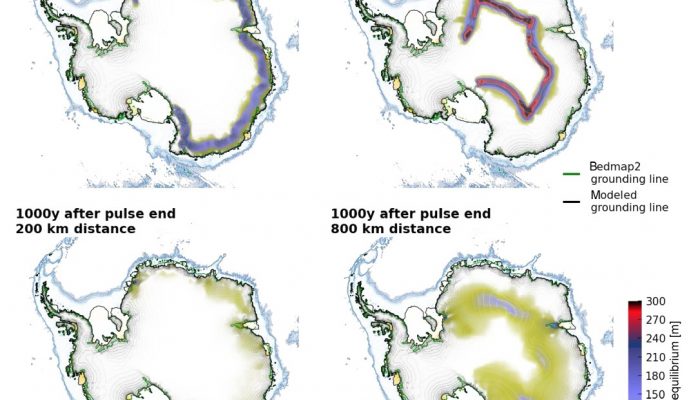In 1896 British lawyer, mountaineer and author Douglas Freshfield climbed an obscure mountain in the Caucasus called Kasbek and in his book detailing his adventures he described the mountain: “From this point the view of Kasbek is superb: its whole north-eastern face is a sheet of snow and ice, broken by the steepness of the slope into magnificent towers, and seamed by enormous blue chasms.” D Fre ...[Read More]
If you didn't find what you was looking for try searching again.
Soil System Sciences
Go ask a statistician!
Caroline Spann University of Natural Resources and Life Sciences, Vienna During the EGU2016 Assembly, the chair of the statistics advisory panel of European Journal of Soil Science offered a short course on common statistical problems in soil science papers called “Secrets from the statistics panel: common statistical problems in soil science papers”. Motivation to start such a short course was to ...[Read More]
Cryospheric Sciences
From Hot to Cold – Volcanology Meets the Cryosphere
Hello again, I’m Kathi Unglert, and you’re about to read my third and final post as a student reporter at EGU 2016. Today I am writing about my experience in the cryosphere sessions from my volcanology perspective. In preparation for the conference I kept thinking about what sort of research I would see in the cryosphere sessions. I had never really attended any specific conferences or meetings on ...[Read More]
Seismology
Recent activities of the Seismology Division Early Career Scientists representative(s)
In this blog post we highlight the work that has been done by the Early Career Scientists representatives of the Seismology Division in the last two years. In recent years the European Geosciences Union has embarked on a mission to reach out for its numerous ‘younger’ members by giving awards to outstanding young scientists and the setting up of Early Career Scientists (ECS) representatives. The ...[Read More]
GeoLog
GeoSciences Column: Hazagora – will you survive the next disaster?
There is no better thing, on a cold and stormy winter’s evening, than to gather your friends for a night of games / board games. Fire blazing (if you have one), tasty snacks laid out and drinks poured, you are all set to indulge in a night of scheming (if you are playing battle ship), deceit (Cluedo), or even all out comedy (think Pictionary or Charades). The main purpose of the games you are like ...[Read More]
Cryospheric Sciences
Image of the Week — Glowing Ice
Two weeks ago, the EGU General Assembly was coming to an end in Vienna. With over 16,500 participants, this year’s edition was bigger and more varied than ever (e.g check out this good overview of the science-policy short course, published 2 days ago on geolog). The week was particularly fruitful for the cryospheric sciences and to mark this we have cherry-picked one of the winning picture o ...[Read More]
GeoLog
GeoPolicy: How to communicate science to policy officials – tips and tricks from the experts
The EGU General Assembly was bigger than ever this year. Over 16,500 people attended more than 500 sessions. Although many sessions featured policy-relevant science, the short course entitled ‘Working at the science policy interface‘ focused purely on the role of scientists within the policy landscape. For those of you that couldn’t attend, this month’s GeoPolicy post takes a clo ...[Read More]
Cryospheric Sciences
Careers at the European Space Agency – How and Why?
As the pace of modern life speeds up and job competition becomes even more fierce, it is good to have a focused plan of where you would like to be in the future. The European Space Agency (ESA) offers traineeships and research positions to young scientists on a regular basis. They may be a springboard into your chosen career path, but how do you go about bagging one of these valuable opportunities ...[Read More]
GeoLog
Imaggeo on Mondays: The waxing Earth
These incredible images of Earth were acquired from the European MSG-2 satellite on July 21, 2009. The MSG, which stands for Meteosat Second Generation, satellites are operated as a series of satellites which continually orbit our planet, capturing detailed images of Europe, Africa and parts of the Atlantic and Indian Ocean every 15 minutes. The data acquired is largely used by meteorologists. The ...[Read More]
Cryospheric Sciences
Image of the Week – Storing water in Antarctica to delay sea-level rise
Sea level rise Sea-level rise is one of the main impacts of the current global warming and its rate has dramatically increased in the last decades (the current rate is about 3 mm per year). Even if greenhouse gas emissions were stopped today, sea level would continue to rise due to the slow Earth climate system response (IPCC, 2013, chap. 13). It is therefore a considerable threat for popul ...[Read More]

